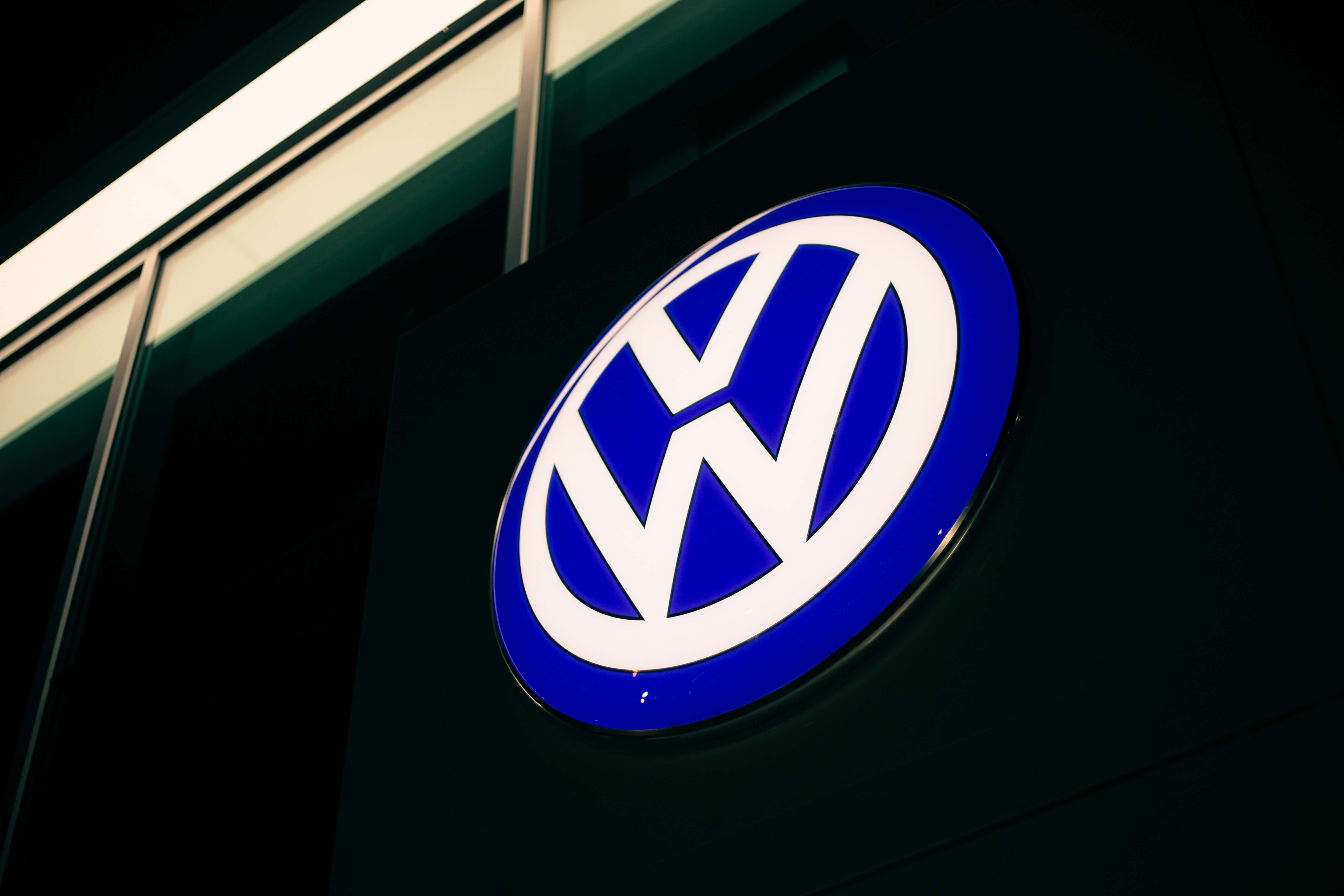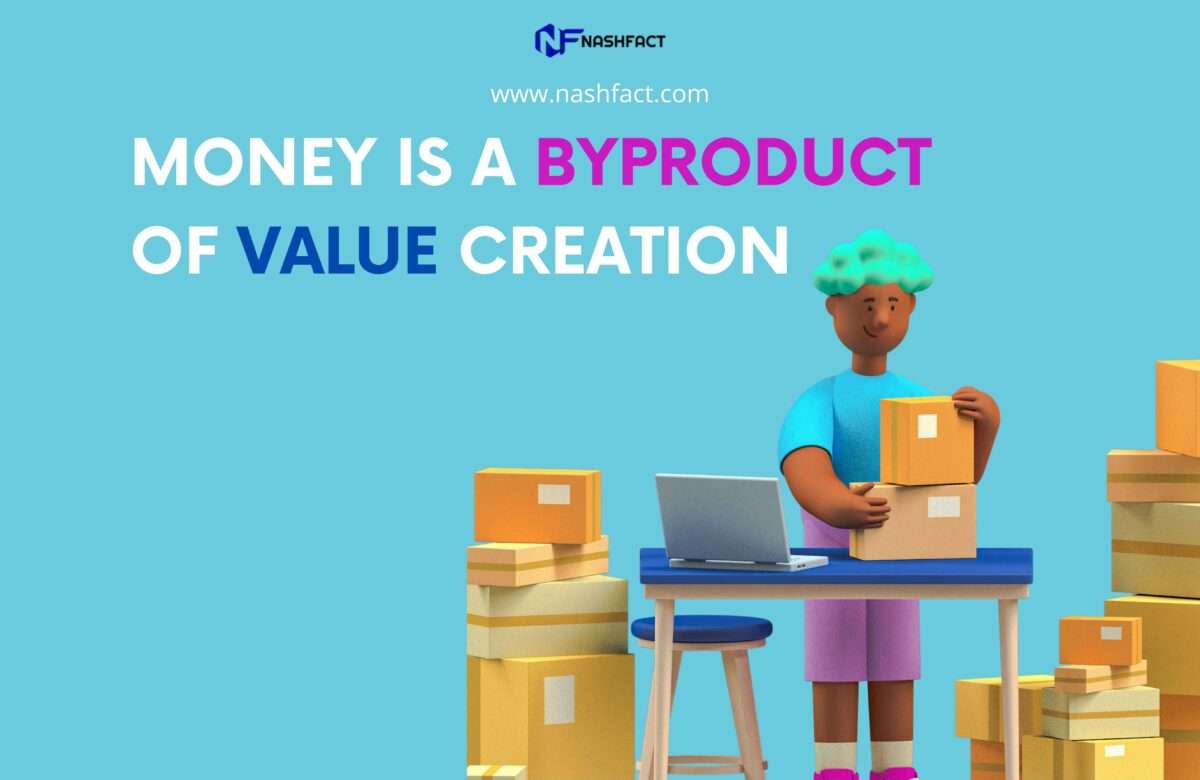- 28 December 2023
- No Comment
- 759
Story of Volkswagen: From Dark Past to Global Leadership

Once associated with armament production for the Nazis during World War II, Volkswagen has transformed into a global automotive giant. The journey from wartime origins to a socially responsible brand is nothing short of fascinating.
Originally founded in Germany, Volkswagen Group has become a powerhouse, delivering reliable vehicles worldwide. With renowned brands like Audi and Porsche under its umbrella, the company holds a significant 8% market share globally, standing only behind Toyota.
In the year 2022, Volkswagen showcased impressive statistics that underline its continuous growth:
- Sales Revenue: €279.2 billion
- Operating Profit: €22.1 billion
- Share Price: €116.65 as of 28 December 2023
- Market Capitalization: €64.31 billion
- Global Workforce: 669,000 employees
- Global Presence: Vehicles sold in 153 countries
While Volkswagen has encountered challenges, its robust digitization strategy positions the company for a promising future.
Hi, I am Nabeel Shaikh, a seasoned chartered accountant with 17 years of diversified experience. Join us as we unravel the story of how Volkswagen, against the odds, revived itself after the aftermath of World War II.
Witness the transformation as the company not only restarted automobile production but meticulously reconstructed its brand image from the ground up.
Rebuilding Trust: Volkswagen’s Post-WWII Redemption
In 1934, Volkswagen embarked on a journey to build the world’s largest automobile factory. However, limited resources hindered the realization of this ambitious vision.
Complicating matters, Volkswagen found itself entangled with political forces, notably the Nazis. As World War II erupted in 1939, the company’s focus shifted from cars to military vehicle production.
With the war’s end, Volkswagen faced a dual challenge. Not only did it need to rechannel resources for automobile production, but it also grappled with a tarnished brand image due to its association with the Nazis.
Dark Chapters: Volkswagen’s Complicated Role in World War II
In 1938, Adolf Hitler envisioned the “people’s car,” leading to the creation of the iconic Volkswagen Beetle.
Affordability and reliability became its hallmark features, aligning with a marketing strategy aimed at portraying the car as a symbol for the common man.
As war broke out, Volkswagen shifted gears to produce a military version of the Beetle.
The company diversified into crafting amphibious vehicles, bunker stoves, and air armaments, adapting to wartime demands.
Exploiting Labor: Foreign Forced Labor and POWs
During this period, Volkswagen resorted to using foreign forced labor, with prisoners of war compelled to toil in grueling conditions. The workforce included weakened detainees assigned physically demanding tasks, leading to tragic consequences for many.
Inequality and Injustice: Labor Disparities
Civilian workers from Western territories received preferential treatment, securing good management positions alongside German staff, while the barely compensated POWs endured harsh conditions.
Female prisoners faced agonizing separation from their newborns, resulting in the tragic deaths of numerous children.
By 1944, Volkswagen’s labor force included a significant number of detainees, revealing a troubling aspect of the company’s wartime operations.
As demand for armaments surged, Volkswagen resorted to terrorizing detainees in 1944 to expedite expansion. Underground areas were hastily converted into factories, showcasing the company’s ruthless pursuit of wartime objectives.
Volkswagen’s security forces not only patrolled surrounding areas but also facilitated the establishment of concentration camps. The same prisoners were coerced into labor, highlighting the company’s complicity in wartime atrocities.
Grim Liberation: 1945 and the Toll of War
By 1945, the number of prisoners had dramatically decreased, with many succumbing to disease and starvation.
The remaining detainees were liberated by American troops in April, marking the end of a dark chapter in Volkswagen’s history.
Redemption and Remembrance: Volkswagen’s Transformative Journey
In the aftermath of World War II, Volkswagen confronted its checkered past. With new leadership in place, the daunting task of rebuilding the company’s reputation unfolded.
Instead of distancing itself from its dark history, Volkswagen chose a socially responsible path.
The company opted to accept, acknowledge, and remember its wartime transgressions, honoring the sacrifices of those who suffered under its reign.
In 1999, Volkswagen transformed its factory into a museum known as “The Place of Remembrance.” This museum serves as a stark reminder of wartime crimes, with no entrance fee, emphasizing accessibility and education.
Investing in Healing: Social and Humanitarian Contributions
In 1991, Volkswagen allocated DM 12 million for social and international activities related to the war.
Additionally, in 1995, a humanitarian fund was established to provide aid to those directly affected by the company’s wartime crimes.
Volkswagen extended invitations to those affected, inviting them to visit the factory and share their stories.
Driven to the Top: Volkswagen’s Strategic Acquisitions
Fortune Global 500 Triumph: Volkswagen’s Rise
In 2020, Volkswagen soared to the seventh position on the prestigious Fortune Global 500 List, a testament to its international expansion efforts.
Let’s delve into the strategic moves that paved the way for this success.
Post-War Challenges: Bombed Factories and Ownership Disputes
The aftermath of World War II left Volkswagen with bombed-out factories and ownership disputes. In 1948, Ford was offered the company, but a dismissive comment from Ford’s vice president underestimated Volkswagen’s potential.
From Military Production to the Type 60 Volkswagen
Initially producing cars for the British Army, Volkswagen regained control in 1948. The company then pivoted to producing the Type 60 Volkswagen, marking the beginning of its ascent.
Sales soared in the 1950s and 1960s, fueled by consistently updated models with air-cooled engines and rear-mounted designs.
Consistent Features and Innovations
Throughout the 1950s and 1960s, Volkswagen maintained its commitment to air-cooled engines and rear-mounted designs, establishing a distinct identity in the automotive landscape.
Volkswagen’s History of Acquisitions
The turning point in Volkswagen’s trajectory came with its strategic history of acquisitions. This game-changing move set the stage for the company’s remarkable growth, propelling it towards the pinnacle of success.
Introducing the Post-War Audis
In 1965, Volkswagen made a significant move by acquiring Auto Union GmbH, paving the way for the introduction of post-war Audis under its newly acquired subsidiary. The Audi brand, now synonymous with luxury and innovation, began its journey within the Volkswagen family.
Billion-Dollar Profits and Market Share Boost
Volkswagen’s market dominance received a substantial boost with the strategic acquisition of NSU Motorenwerke AG, which merged with Auto Union in 1969.
This collaboration propelled the joint companies to generate billions in profits, solidifying Volkswagen’s standing in the automotive industry.
In 1982, Volkswagen took its first steps outside of Germany through a cooperation agreement with SEAT, a prominent car manufacturer in Spain.
Marking a shift towards global expansion, the company, originally named “Volkswagenwerk” (People’s Car in German), simplified its title to “Volkswagen.”
75% Stake in 1986 and Full Ownership in 1990
Four years later, Volkswagen solidified its relationship with SEAT by acquiring a 75% stake, making it the company’s first non-German subsidiary. In 1990, Volkswagen completed its ownership with a 100% acquisition of SEAT, cementing its presence in the international automotive landscape.
Gradual Acquisition Starting in 1991
Following a pattern of strategic acquisitions, Volkswagen initiated its journey with Škoda automobilová in 1991. The initial step involved a cooperation agreement, accompanied by a 30% stake.
Over the next few years, Volkswagen steadily increased its ownership, reaching 60.3% in 1994 and achieving full control by 1995.
Securing Bentley and Navigating Brand Rights
In a challenging acquisition scenario, Volkswagen faced off against BMW AG for Rolls-Royce Motors. Despite winning the bid, BMW gained rights to the Rolls-Royce title, while Volkswagen secured permission to use the name and logo until 2002.
Volkswagen’s consolation prize was exclusive rights to sell Bentley cars, a significant portion of Rolls-Royce Motor Cars sales.
Debate over Rolls-Royce, but a Foot in the British Market
While the debate continues on whether the Rolls-Royce situation was a win, Volkswagen successfully expanded into the British market and added a prestigious car to its portfolio.
The move marked a strategic expansion rather than complete ownership.
Lamborghini Joins the Family: Audi Division Takes Charge
Volkswagen’s success continued with the acquisition of Lamborghini, an Italian car manufacturing company.
Placed under the care of Volkswagen’s Audi division, Lamborghini experienced increased productivity and revenue, contributing to Volkswagen’s growing automotive empire.
Bugatti in the Mix: A Historic Year in 1998
In 1998, Volkswagen made history with the acquisition of Bugatti, a French car manufacturing company. This move marked one of the most successful years in Volkswagen’s history, further solidifying its position as a powerhouse in the automotive industry.
Driving Toward an Electric Future: Volkswagen’s Transformative Journey
Volkswagen’s recent years have seen a remarkable transformation, distancing itself from its dark history and achieving substantial success.
The company’s strategic moves, including major acquisitions and a shift towards electric cars, have propelled impressive revenue growth.
In the past two decades, Volkswagen has orchestrated major acquisitions, solidifying its position in the industry.
In 2009, it acquired a German niche automobile company operated by Karmann, marking a strategic move in diversification. The triumph continued with the 2012 acquisition of Porsche, securing 100% ownership.
In 2015, Volkswagen strategically combined Scania and MAN SE with its Truck and bus division, fortifying its presence in the commercial vehicle sector.
This move positioned Volkswagen as a major player in the truck industry.
2016: Introducing the TRATON Group
2016 witnessed the addition of RIO, a digital marketing brand, to the Volkswagen Group. Subsequently, the group was rebranded as “TRATON,” enhancing its focus on digital innovation and modernization.
The TRATON group expanded its horizons through a strategic partnership with Hino Motors, aiming to introduce e-mobility products to the market.
This collaboration aligns with Volkswagen’s commitment to electrification and sustainable transportation.
Electrification Strategy: “Strategy 2025”
Volkswagen had previously introduced “Strategy 2025,” a comprehensive electrification strategy. Encompassing battery electric and fuel-cell vehicles, the company set ambitious goals for the future of electric mobility.
Battery Investments: $48 Billion Commitment in 2018
In 2018, Volkswagen reaffirmed its commitment to an electric future by investing a significant $48 billion in battery supplies.
This move positions the company at the forefront of the electric vehicle revolution, showcasing its dedication to sustainable and innovative transportation solutions.
Volkswagen’s Tech Evolution: ACCELERATE Digital Transformation
In 2021, Volkswagen boldly declared its shift into a “tech group,” signaling a significant digital transformation. The focus on electric car production underscored the company’s orientation toward the technological market.
Introduction of New Business Models
Under the ACCELERATE strategy, Volkswagen embarked on a journey to introduce innovative business models aimed at elevating efficiency levels both in the factory and office spaces.
This digital transformation aims to position Volkswagen as a leader in the evolving landscape of automotive technology.
One standout success in Volkswagen’s digital transformation journey is the Industrial Cloud. This initiative, born from the ACCELERATE strategy, represents a pivotal step in tightening security, reducing policy-breach risks, and achieving heightened efficiency.
Digital Security as a Pillar of Transformation
As part of the broader ACCELERATE strategy, Volkswagen prioritized security enhancements to navigate the challenges associated with digitization.
This commitment reflects the company’s dedication to maintaining a secure digital infrastructure and minimizing policy-breaching risks.
Cloud Power and AI Brilliance: Volkswagen’s Technological Leap
With exponential growth, coordinating between Volkswagen’s numerous plants posed a challenge. The Industrial Cloud emerged as a solution, seamlessly amalgamating data from all factories.
This cloud-based approach facilitates real-time analysis of plant productivity, aiming for new levels of efficiency across the global supply chain, encompassing over 30,000 locations.
The cloud’s integration enhances speed, transparency, and security within Volkswagen’s operations. It enables quick identification of glitches, defects, or efficiency lags across plants.
The heightened surveillance reduces the likelihood of workforce errors, while robust security measures protect against external threats, ensuring the integrity of Volkswagen’s software.
Collaboration with Amazon Web Services
Volkswagen’s Industrial Cloud is a collaborative effort with Amazon Web Services, a renowned IT expert.
This collaboration underscores Volkswagen’s commitment to harnessing cutting-edge technology for its digital transformation journey.
AI as a Pillar of Volkswagen’s Sustainability Strategy
In alignment with its sustainability strategy, Volkswagen has introduced Artificial Intelligence (AI) in its offices. AI plays a crucial role in detecting sustainability gaps in supply chains and alerting central management to policy breaches.
Since 2020, the AI system has monitored approximately 4,000 supply chains, contributing to Volkswagen’s commitment to sustainable practices.
In product quality control, AI is employed to identify issues such as oil foaming in engines and battery aging. Porsche, under the Porsche Engineering Reinforcement Learning (PERL) program, is pioneering the use of AI in chassis and electronics production, showcasing Volkswagen’s dedication to innovation and technological advancement.
Quantum Leap in Traffic Control: Volkswagen’s Innovation Drive
Quantum computers, operating on the principles of quantum physics, boast unparalleled speed and the ability to handle intricate simulations.
In 2019, Volkswagen embarked on a pilot project, employing nine MAN buses as a sample. The goal was to test the capabilities of a quantum-computer system in real-time route optimization.
The system, predicting passenger numbers, provided optimized routes for each bus, enabling proactive navigation around potential traffic bottlenecks.
Bringing Quantum Computing to the Factory
In 2021, Volkswagen made the bold move of transitioning its quantum computing project from the labs to the factory.
Collaboration with Google and D-Wave
Volkswagen is not stopping at traffic control. The company is actively exploring the application of quantum computers for “tailor-made batteries.” Collaborating with Google and D-Wave, Volkswagen’s research endeavors aim to unlock new frontiers in battery technology through the power of quantum computing.
Volkswagen’s Digital Transformation Impact
While Volkswagen’s digital transformation within factories is impressive, the company doesn’t limit its technological strides to manufacturing alone.
Embracing current trends, Volkswagen has ventured into customer-centric applications, including car-sharing, ride-pooling, and micro-mobility services like VW Move.
Applications like VW Move connect customers throughout Berlin, providing a platform for car-sharing, ride-pooling, and micro-mobility services. This not only enables people without personal vehicles to move freely within the capital city but also aligns with Volkswagen’s commitment to environmental sustainability.
The company aims to introduce autonomous driving by the next year. With plans to be the leading global automobile manufacturer of self-driving cars by 2025, Volkswagen is poised to revolutionize the automotive landscape.
Volkswagen’s Roadmap to the Future: The New Auto Strategy
In 2021, Volkswagen introduced the “New Auto Strategy,” elevating its commitment to electrification. This strategic move aimed for a transition to mostly electric cars by 2024, setting Volkswagen ahead of competitors like Honda, which targeted a similar shift by 2025.
As part of the New Auto Strategy, Volkswagen outlined plans to construct six battery factories across Europe by 2030.





